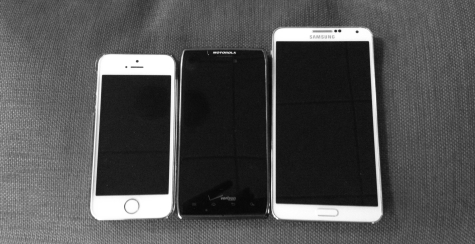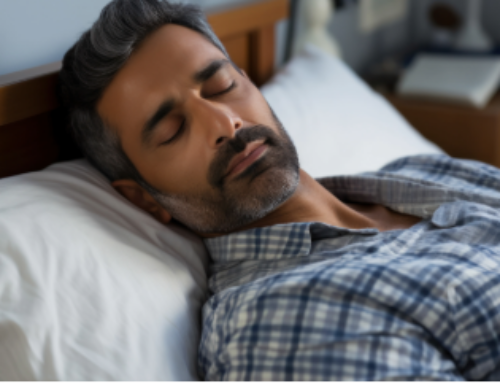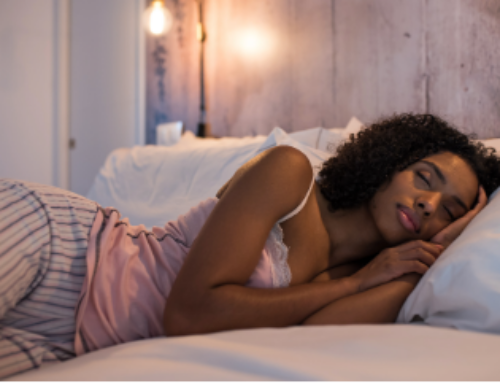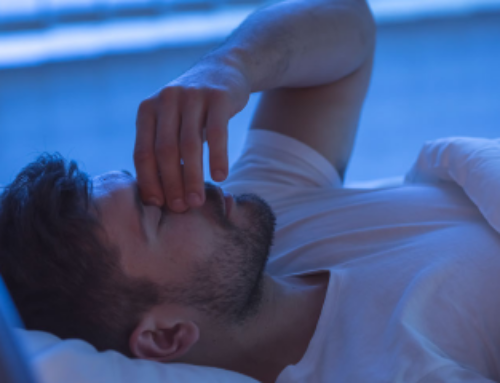Health and fitness tracking are a booming business rooted in our smartphones. Calorie counters help us watch we eat. Workout trackers log the miles we run and bike. But can sleep apps improve the way we sleep?
Search on the App Store or Google Play for sleep and you’ll find an assortment of sleep apps of varying quality. There are apps that generate white noise or soothing background sounds, apps that interpret your dreams and special alarm clocks that supposedly align with your sleep cycle.
Sleep tracker apps tend to be the most popular. The apps use your smartphone’s motion sensor to detect your movements while you sleep – most require that you sleep with your phone under your pillow or next to you. In the morning, you’ll get a report with information about your sleep length and quality.
The report draws its conclusions based on your sleep movements, but makes several assumptions in the process. It assumes that you have normal, healthy sleep and not a sleep-related breathing disorder or parasomnia. The app also assumes that you sleep alone. If you share your bed with a partner or pet, it will detect their movements. The accelerometers in smartphones also may vary in quality. Even in optimal conditions, the app is getting information about movement, not sleep.
A series of popular accessories solves some of these shortcomings.
Fitness wristbands like the FitBit Force measure your workouts, calorie intake and your sleep. These soft plastic or rubber bracelets contain chips that synch with proprietary smartphone apps. Most models run for $100.00 to $150.00. The fitbands use wrist actigraphy, a type of motion detector, to track your movements during sleep.
The results are an improvement over the accelerometer in your smartphone. Fitness bands are less likely to be influenced by a partner’s movements but are still limited to drawing conclusions about your sleep based on your movements.
Even with these limitations, fitness wristbands may be the best sleep tracking option for most people. The fitbands can help you get a more accurate estimate about how much sleep you get per night and whether it is fitful or calm. If you wear the wristbands each night, it may encourage sleep accountability as you track your long-term sleep habits.
However, consumer-level sleep tracking won’t help solve your sleep problems or diagnose you with a sleep disorder.
For more complete and accurate sleep analysis, you’ll need to visit an AASM accredited sleep center, which can provide diagnostic tests that can detect sleep abnormalities and more accurately measure your sleep. A home sleep apnea test or in-lab sleep study measures your breathing, blood oxygen levels and heart rate while you sleep. These tests are interpreted by a board-certified sleep physician who can diagnose and treat your sleep illness.
If you’re considering bringing your smartphone to bed to help your sleep, be aware that there may be negative consequences, says W. Christopher Winter, Medical Director of the Martha Jefferson Hospital Sleep Medicine Center in Charlottesville, VA.
“I think any time you bring technology and all of its lights, chirps, bells and whistles, sleep is degraded,“ Winter said. “Sleep is a funny thing…I want you to pay attention to it, but I also want you to relax and simply let it happen. These devices can sometimes encourage too much thought about sleep.”
Practice good sleep hygiene by keeping your electronics out of your bedroom. Teach your body to associate your bed with sleep, not stimulating activities, by making your bedroom your sanctuary.





